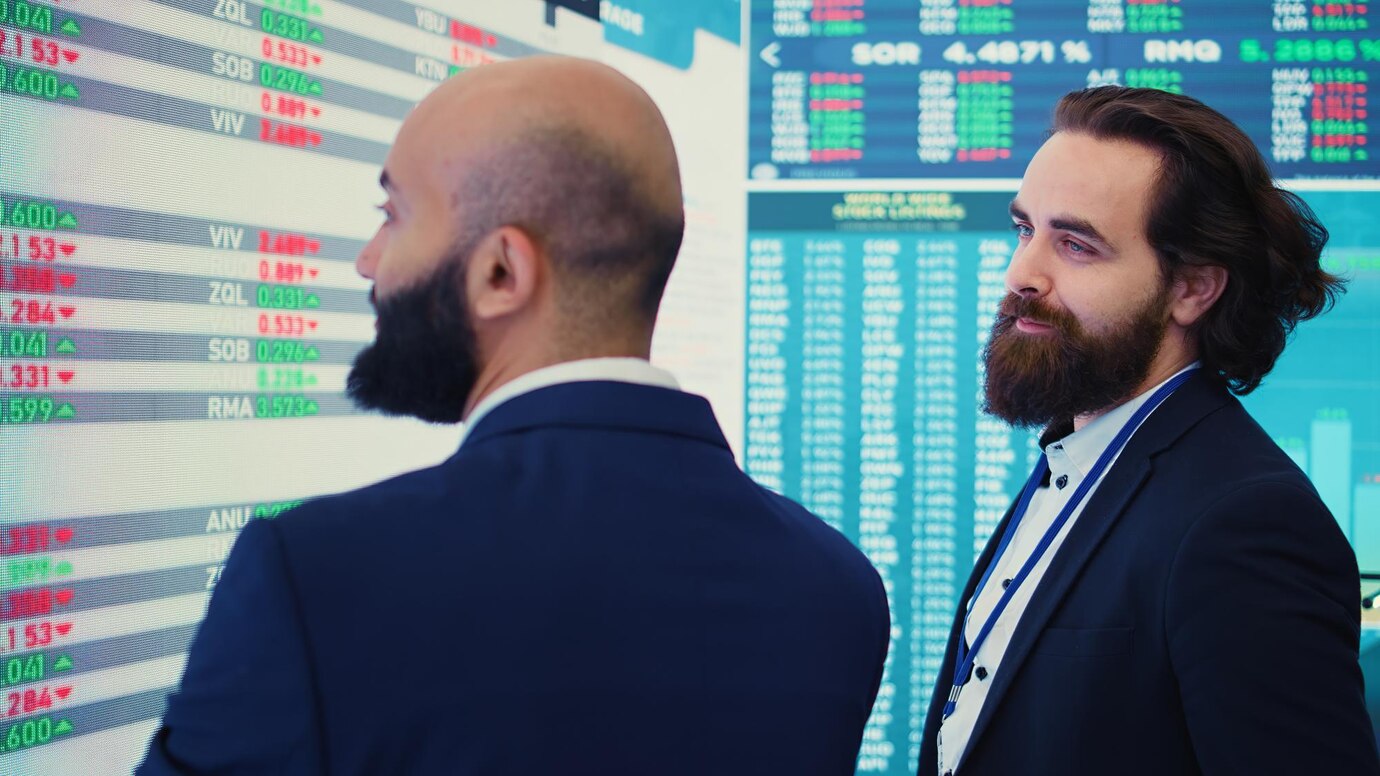Currency exchange rates are something we often hear about—whether it’s travelers talking about how much their money is worth abroad or businesses tracking fluctuations that affect their costs. But what exactly are exchange rates, how are they determined, and why do they matter so much in our daily lives and global economy? Let’s break it all down.
What Is a Currency Exchange Rate?
Simply put, a currency exchange rate is the price of one country’s currency in terms of another. For example, if you see that 1 US dollar equals 83 Indian rupees, this is the exchange rate between the US dollar (USD) and the Indian rupee (INR). This value is constantly changing due to a range of factors in the global financial system.
Currency exchange rates are essential in a world where money flows across borders for travel, trade, investments, and more. Whether you’re importing smartphones from China or going on a vacation to Europe, the exchange rate affects how much you pay or earn.
Types of Exchange Rate Systems
Different countries manage their currencies in different ways, leading to different types of exchange rate systems:
1. Fixed Exchange Rate
Under this system, a government or central bank keeps its currency’s value tied to another currency or a commodity like gold. This creates stability but limits flexibility in responding to market changes.
2. Floating Exchange Rate
Most developed nations use this system, where the value of the currency is determined by the free market—based on supply and demand. Rates can fluctuate frequently due to economic and political conditions.
3. Managed Float (or Dirty Float)
Here, the currency mostly floats in the market, but the central bank may occasionally intervene to stabilize its value. Many emerging economies use this hybrid method.
What Influences Exchange Rates?
Exchange rates can rise or fall for many reasons. Here are some of the biggest factors:
Interest Rates: When a country offers higher interest rates, it attracts foreign investment, which increases demand for that currency and raises its value.
Inflation: Countries with low inflation tend to have stronger currencies because their purchasing power remains stable over time.
Economic Strength: A growing, stable economy is more attractive to investors, strengthening its currency.
Political Stability: Investors trust stable governments. Political chaos, on the other hand, often causes currencies to lose value.
Trade Balances: If a country exports more than it imports, foreign buyers need to purchase its currency—boosting demand and strengthening the exchange rate.
Speculation: Traders and investors betting on future currency movements can also cause significant shifts in exchange rates.
Why Are Exchange Rates Important?
Even though most people don’t trade currencies daily, exchange rates impact many areas of life and business:
For Consumers
If you’re planning to travel abroad, the exchange rate will determine how far your money goes. A stronger home currency gives you more purchasing power in other countries.
For Businesses
Companies involved in international trade constantly monitor exchange rates. A weaker home currency may boost exports by making them cheaper abroad, while a stronger currency can help reduce the cost of imports.
For Investors
Global investors need to consider exchange rate movements when buying foreign stocks or assets. Even if a stock performs well in its local market, unfavorable currency conversion could reduce profits.
For Governments
Exchange rates affect inflation, interest rates, and monetary policy. Central banks may intervene in the currency market to prevent extreme fluctuations and protect their economies.
How Are Exchange Rates Traded?
Exchange rates are set in the foreign exchange market (Forex)—a decentralized global market where currencies are bought and sold. This market operates 24/7 and handles trillions of dollars in transactions daily.
Banks, financial institutions, governments, corporations, and individual traders all participate in the Forex market. The rate you see quoted on websites or apps is often the interbank rate, which may differ from the rate offered by local money changers or banks, due to transaction fees and margins.
Recent Trends and Developments
Exchange rates are influenced by global events. For example:
The COVID-19 pandemic disrupted trade and weakened many currencies.
Interest rate hikes by the US Federal Reserve have strengthened the dollar.
Geopolitical tensions, like the Russia-Ukraine war, have caused sharp currency swings in affected regions.
Cryptocurrencies are also gaining attention as alternatives to traditional currencies, though they remain highly volatile and speculative.
Conclusion
Currency exchange rates may seem like a technical financial concept, but they have real-world consequences for economies, businesses, and individuals alike. They influence the cost of goods, the price of travel, investment returns, and even government policies.
Understanding how exchange rates work—and what affects them—can help you make smarter decisions whether you’re running a business, traveling the world, or just keeping an eye on global events. In a connected world, being aware of currency movements is more important than ever.







